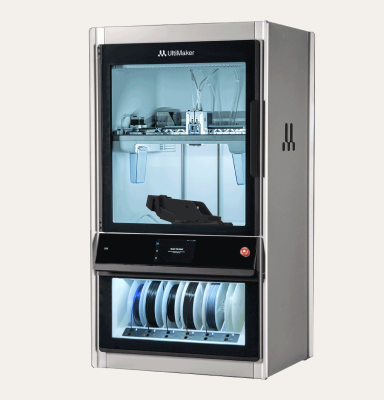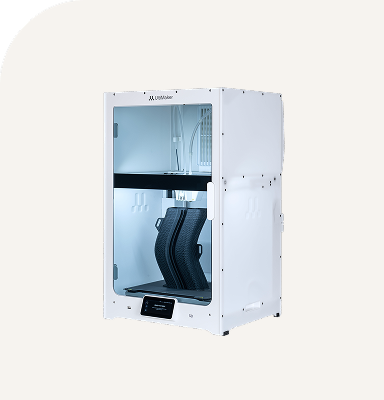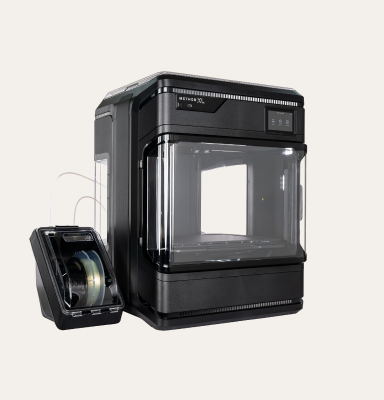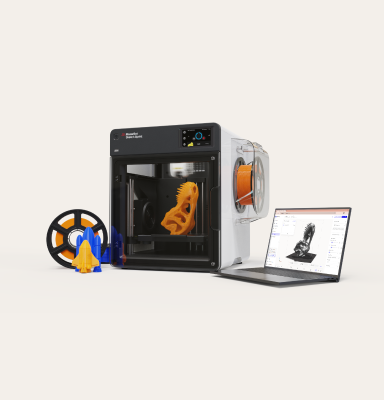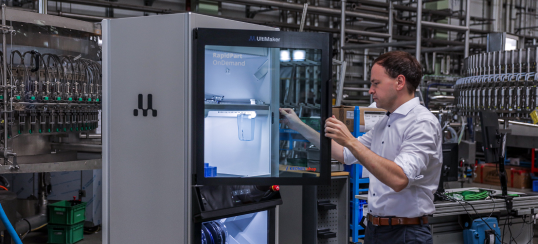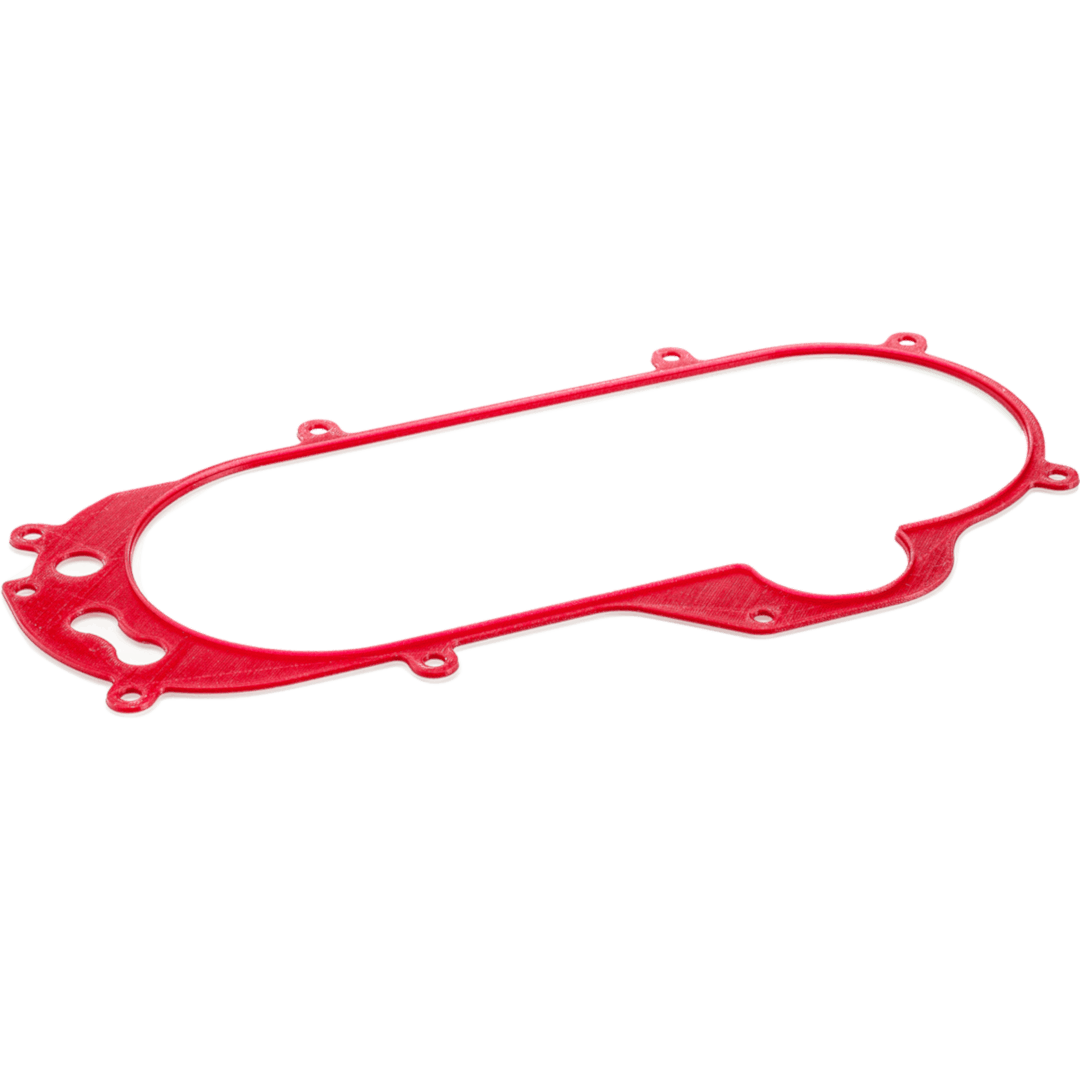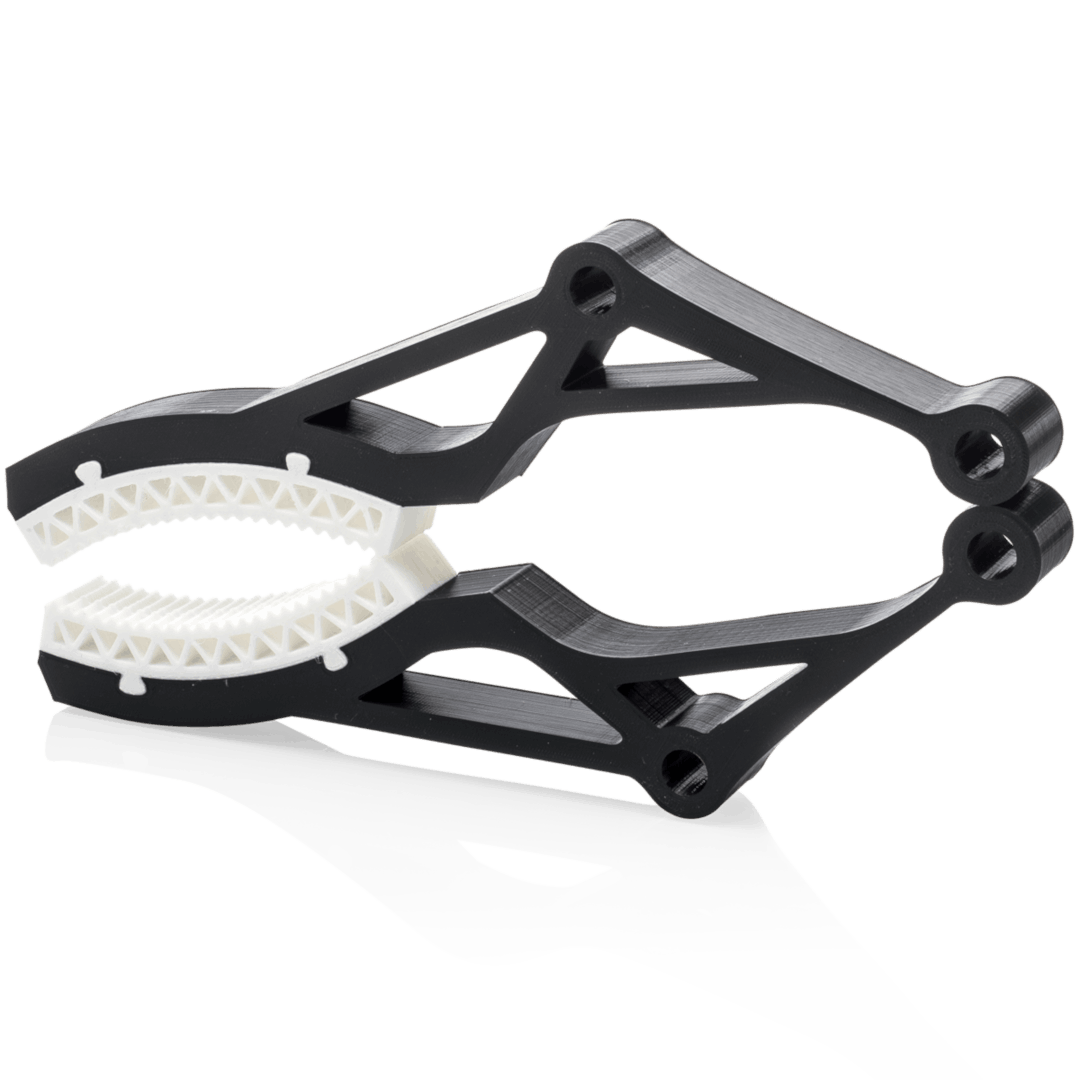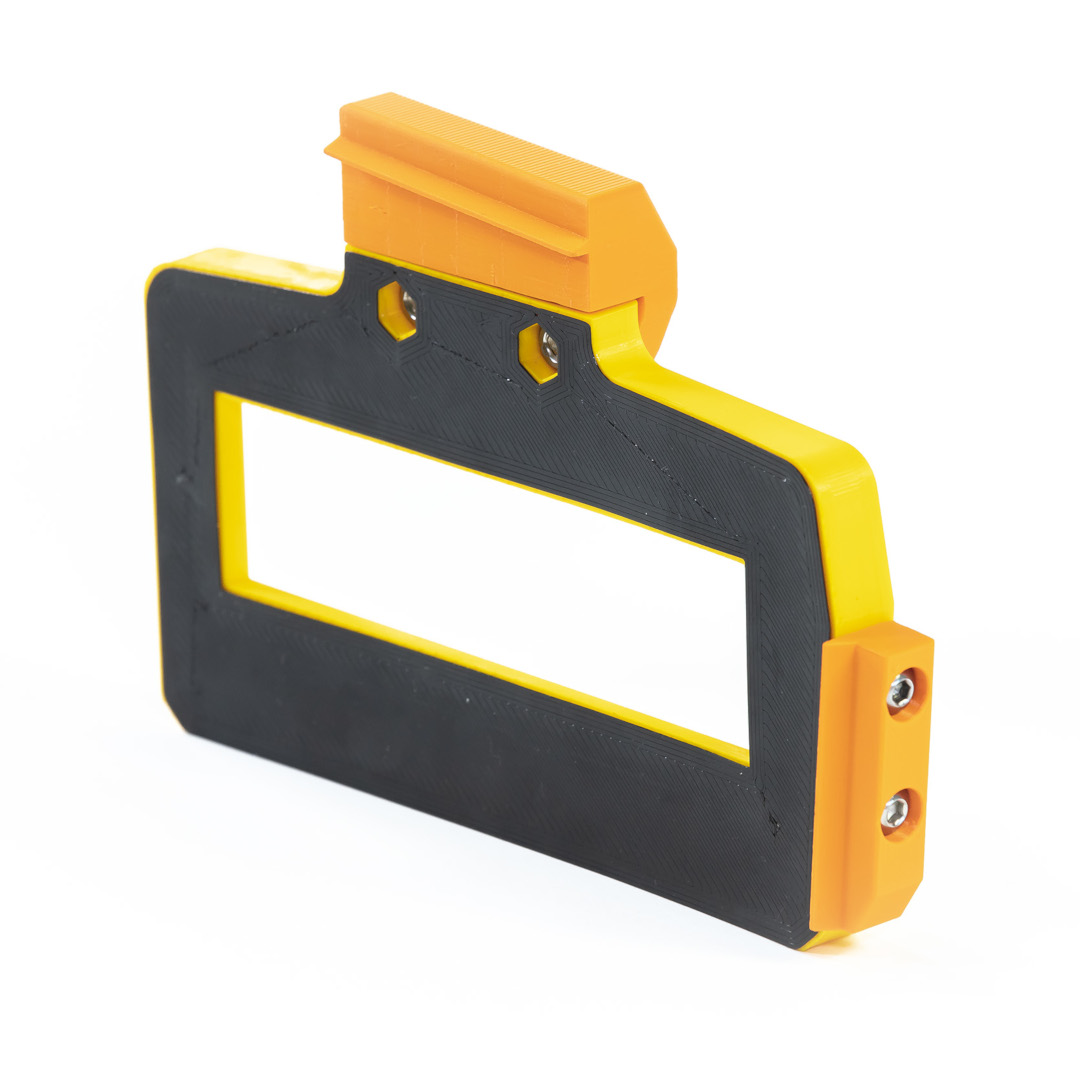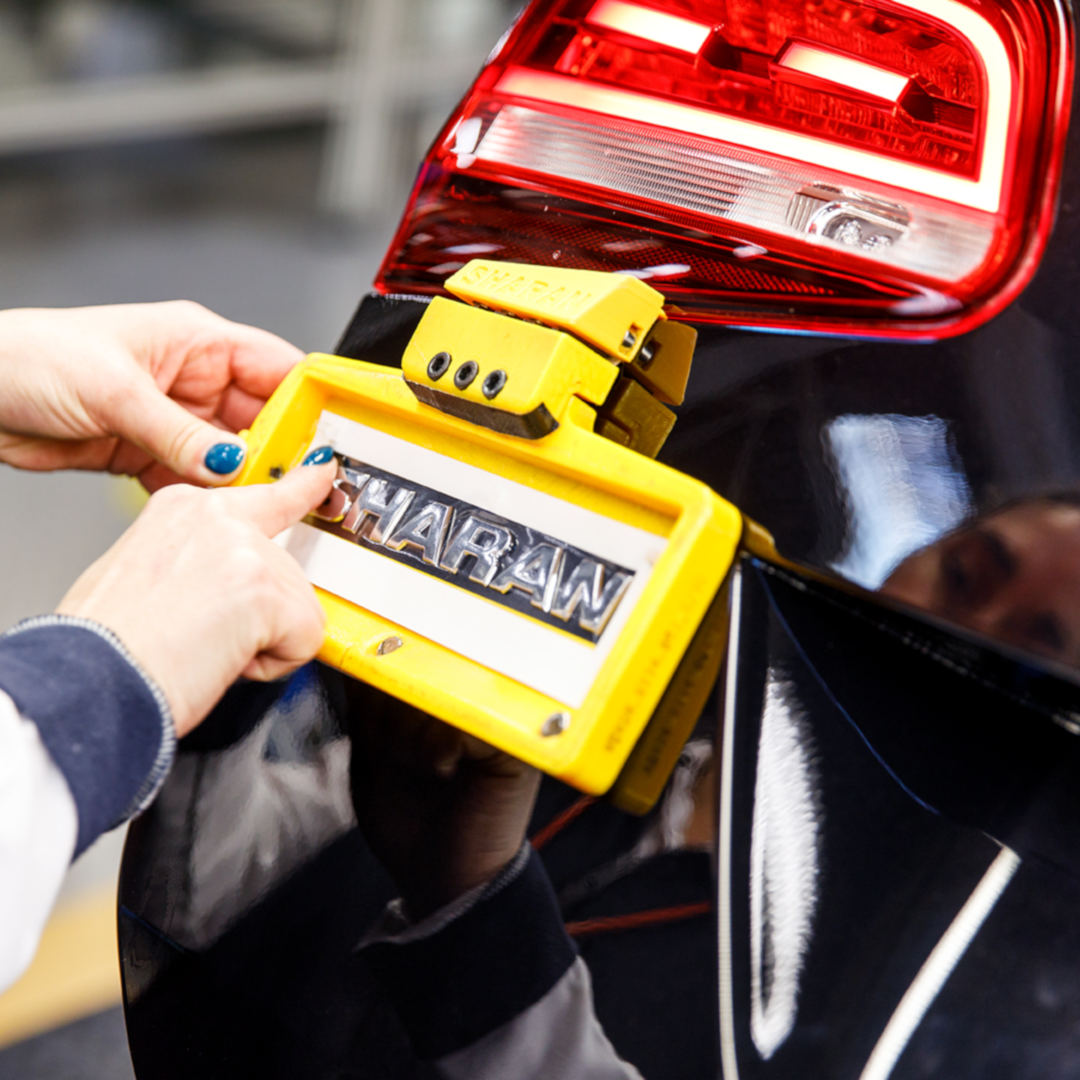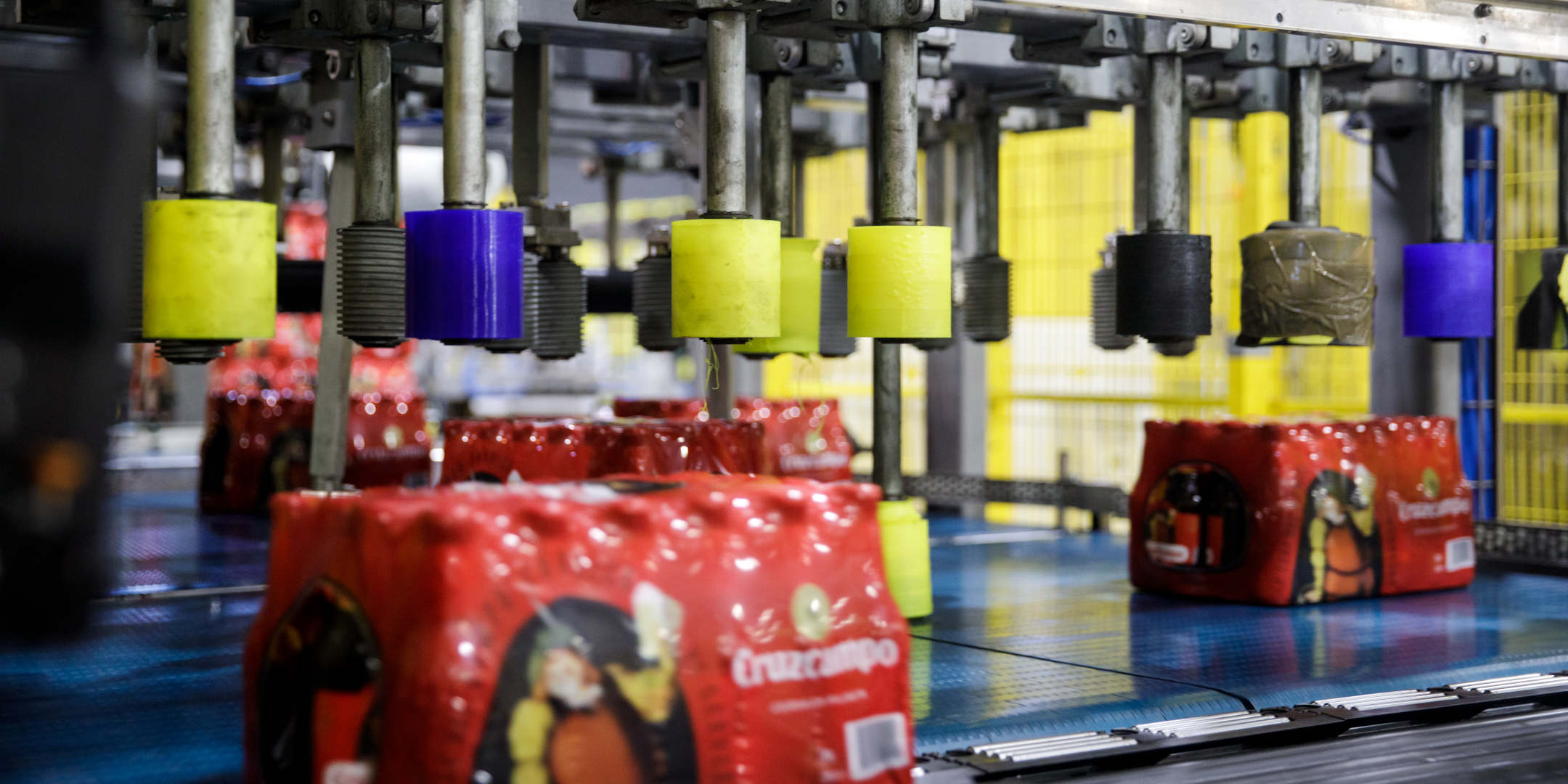Flexible 3D printing filaments open up a lot of possibilities for designers and engineers. Complex elastic forms can be produced easily in-house, then used in a variety of different ways – from prototyping flexible features to creating custom tools.
However, for novice 3D printer users, printing with TPU and other flexible materials can seem daunting, as they’re not as easy to use as some others.
Here’s more information about working with flexible filaments, and the benefits that they offer.
What are flexible filaments?
Flexible filaments are materials with a blend of rigid plastic and rubber properties. This mix is called a thermoplastic elastomer (TPE). Thermoplastic elastomers behave in a similar way to rubber, and can be stretched and twisted to a large extent without breaking.
There are a variety of different flexible filaments available, and some are more elastic than others. The most commonly used is thermoplastic polyurethane (TPU).
Flexible filaments pros and cons
Flexible 3D printing filament offers some big benefits for users, such as:
Great elasticity. If you need a filament that can be stretched, maneuvered and bent, this is the ideal choice
Impact resistance. Even significant impact doesn’t usually deform products printed from flexible filaments
Less vibration. Rubber-like material dampens vibrations, which can be useful in parts for mechanical or industrial applications
However, there are a few drawbacks, like:
More difficult to print. If you are used to printing with PLA, you will need to get used to the different characteristics of flexible filaments like TPU. Stringing can occur, which makes it less suitable for aesthetic prints. Bridging overhangs can also be difficult
Post-processing. TPU generally offers fewer post-processing options for your finished print
A 3D printed gasket prototype for fit testing
Robot grippers with TPU inner grips for secure clasp
Common applications of flexible filaments
There are several ways in which materials like TPU can be used.
Functional prototyping and fit testing. Designers creating products or parts with elastic properties can test functionality with true-to-life flexibility – for example a phone case or seal
Custom tooling. Flexible filaments enable the creation of tools with ductile elements, such as handles or gripper parts
End-use parts. Rubber-like properties are ideal for many usable or spare parts. In particular, materials like TPU can offer softer contact points to avoid machinery damaging goods on production lines
Common industries using flexible filaments
As the number of 3D printing material types grows, flexible filaments are becoming increasingly popular across a range of industries.
In the automotive industry, vehicle panels and wheels often have to withstand impact during assembly, but any damage can cause expensive scrap costs. Using flexible materials reduces the risk of scratching vehicle parts when using 3D printed custom tooling, which can be made more quickly and at lower cost.
A tool for accurately placing vehicle emblems, with a TPU side for soft contact
The tool in use at the Volkswagen Autoeuropa production facility
In consumer goods, there is a similar need on product packaging lines. The blue spare parts below are 3D printed in TPU 95A by Heineken at their Seville brewery, and help to direct packs of beer bottles on a conveyor belt.
3D printed spare parts (printed in blue) direct products delicately
And in product and industrial design, flexible filaments can be used to test many prototypes, from bike handles to machine components.
Hardware requirements
With so many TPU and TPE filaments available, requirements will differ between filaments. On Ultimaker 3D printers, our TPU 95A is supported on the Ultimaker 2+, Ultimaker 3, and all S-line models.
When printing with Ultimaker TPU 95A, you’ll need the following hardware requirements:
Temperature. The build plate should be either unheated or up to 70 °C and nozzle temperature between 220 and 235 °C
Cooling fan. You’ll also need a part cooling fan in your 3D printer to get the best possible results
Adhesion method. In most instances, extra adhesion is not necessary for a successful print, but we always advise applying a thin layer of glue or Magigoo Flex to your glass build plate
An enclosure isn’t required for flexible 3D printing filaments but can aid the printing environment by making it more stable.
Choosing your flexible filaments type
There’s a range of flexible filaments to choose from. Here’s an outline of the materials that Ultimaker offer, or filaments that can be easily printed on Ultimaker 3D printers thanks to predefined print profiles.
How to print with flexible filaments
With so many different flexible materials on the market, it’s important to check the manufacturer’s recommended settings.
If you are using any of the materials in the table above with an Ultimaker 3D printer and Ultimaker Cura software, you can get preconfigured print profiles. This saves you a lot of time choosing the settings manually for your print job.
For an in-depth look at how to print with Ultimaker TPU 95A, read our full support page.
To learn more about Ultimaker’s range of flexible materials, visit the Materials page on the website.

